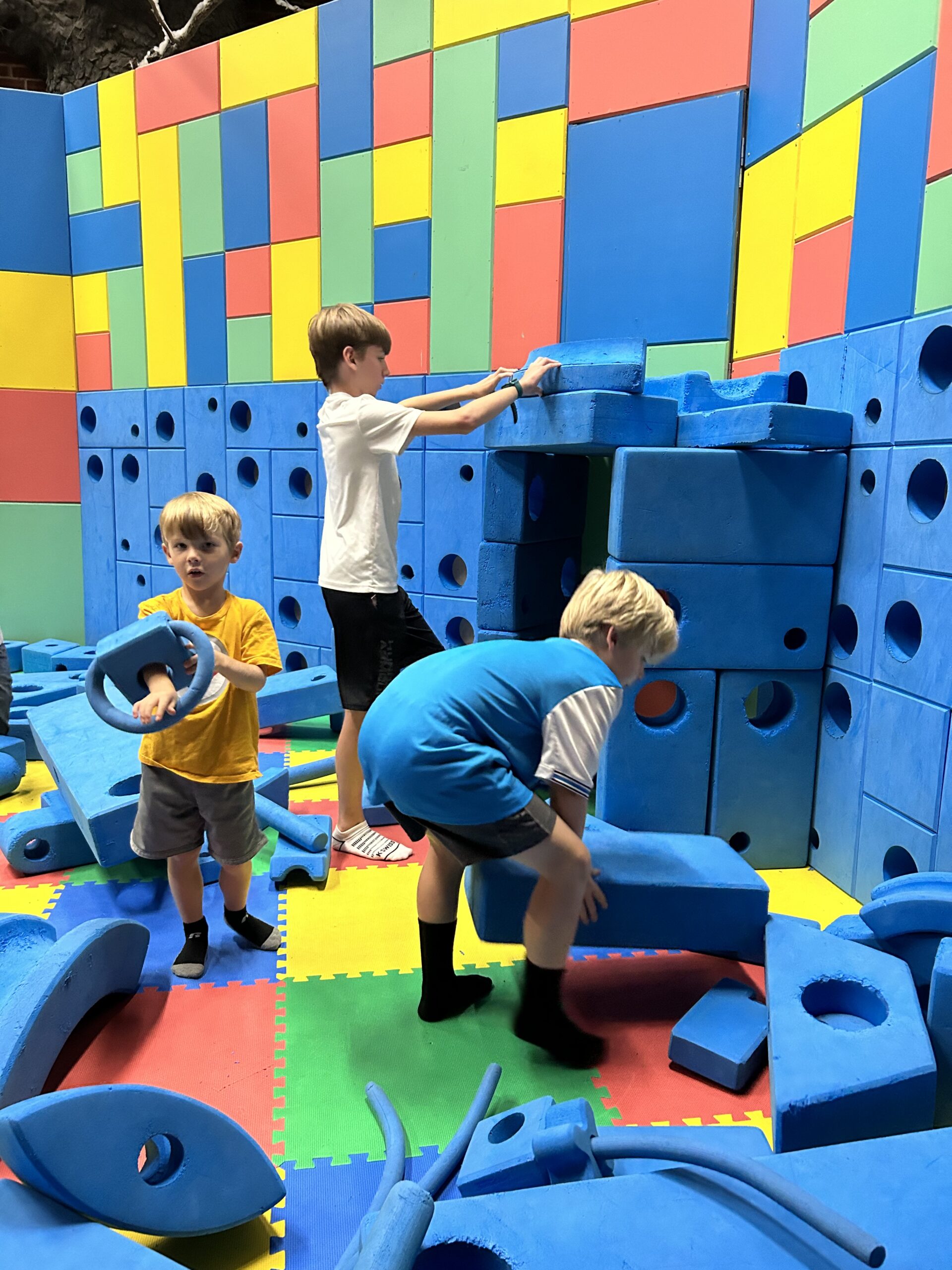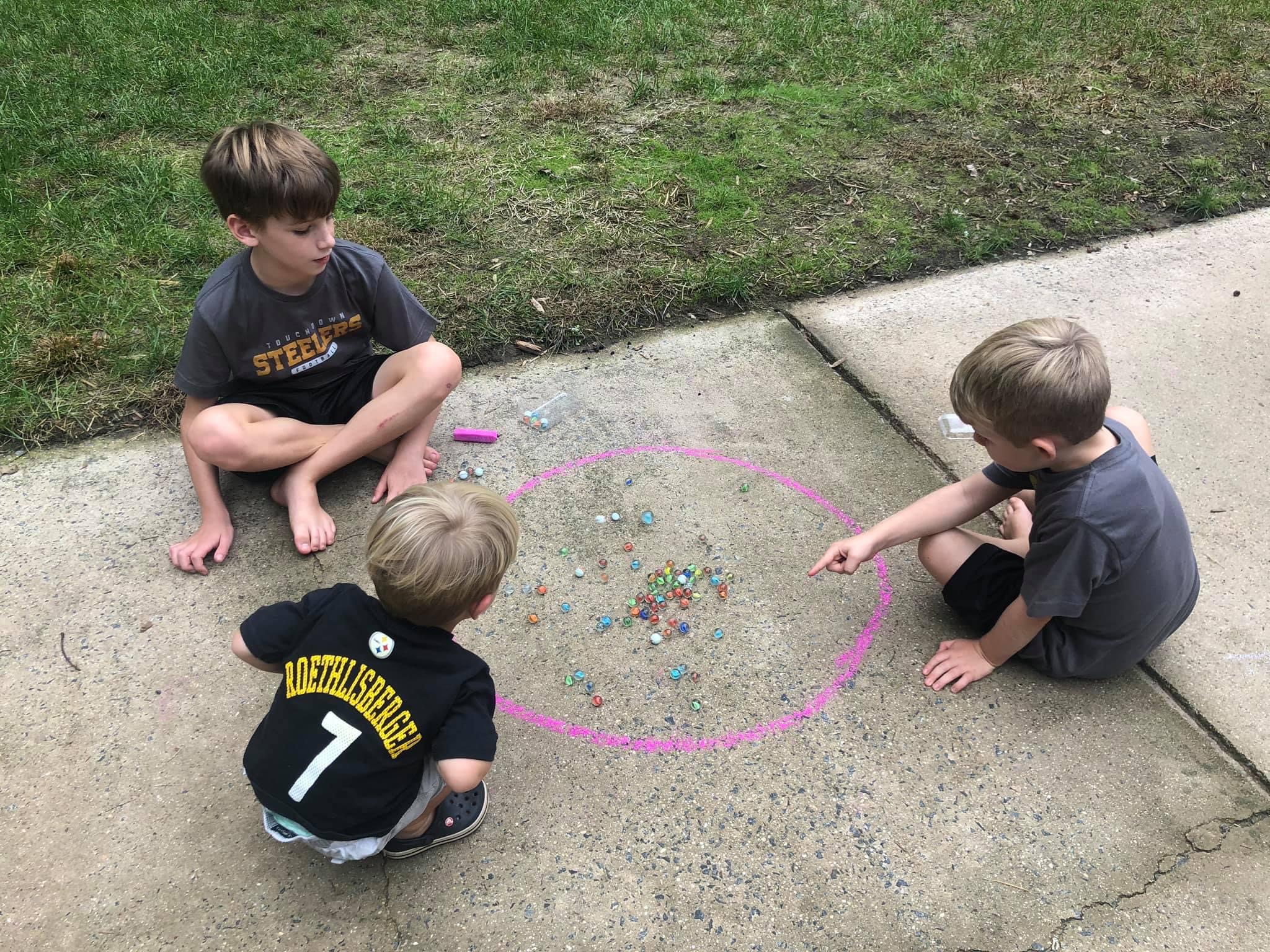This month is known for a day to take your child to work. It is designed to introduce children to the workplace and to link their education system to the real world of having a job. Its history dates back to 1993 in the U.S. (1994 in Canada). Gloria Steinem, founder of the Ms. Foundation for Women, began a program to Take Your Daughter to Work Day which originally focused on a career day for girls in ninth grade. At that time its intent was to address self-esteem issues that were unique to girls. In 2003 it was expanded to include boys and renamed Take Our Children to Work Day. Today it is known as Take Your Daughters and Sons to Work Day. By the year 2000, participants of that day grew to about 25 million children.
There are many articles and websites that include tips and activities to prepare parents, educators, and employers for the student to have a meaningful experience. The suggested age group was designed for the approximate ages of 8-16.
Today, many schools will have students reflect on their day ‘on the job’ in some form of communication (verbal or written). They may use the suggested activities found in articles or on the site: http://www.daughtersandsonstowork.org. Find out if your school participates in a way that focuses on a meaningful career for children to consider.
In my career as a teacher, administrator, and program director, I have not had the fortunate experience of seeing or hearing that this day has been of value. As an educator, I have always dreaded that day. It meant that many students would be absent and/or the students that were present would feel slighted. After all, I worked in areas where some parents didn’t have jobs and others had public service jobs that weren’t conducive to having children in the work area.
I always questioned when teachers would bring their children to work. Don’t their children already know what the job entails? I was my child’s sixth grade teacher. He knew what the job was about and knew that he didn’t want to be a teacher.
I feel that the preschool and kindergarten child is too young. The design of the initiative indicates that the appropriate age should be eight years old. I’ve had kindergarten students report that they sat and colored while mom worked. I don’t see this as a productive way to introduce a child to your profession. By the age of eight, developmentally the child is more confident, has developed interests and hobbies, know what they like and don’t like, are beginning to learn more about the world around them, can pay attention for longer periods of time and are more social.
Many children may use this as an excuse to miss school or to have a relaxing day on the job with mom or dad. If utilized purposefully, this day can be of great benefit at home, work, and in school. What a great way to start a discussion with you teen or preteen.
In my experiences with parents, teachers and administrators, I have seen this day misused. Of course excellent teachers will take full advantage of working this day into their social studies and language arts curriculum. I have mostly seen the day being a high absenteeism day with much make up work assigned to the children that were ‘at work’. When your school has state reports to fill out and accountability is at its peak, it is most difficult to devise a school wide plan that will be accepted by the superintendent and board of education that can effectively count this day as a field trip. When teachers choose to do nothing with the students that remain in the classroom, the students miss out. Instead of showing movies, giving extra recess time, doing activities for activity sake, or to continue to plod through textbooks, the time should be used to enrich the children with related activities that pertained to the community in which they live.
In reflecting on my years as principal, I wish I would have used a couple of meeting days to develop a plan of action with the staff and made this particular day more productive for both student and teacher. Making connections with the state standards and the school’s curricula would help move the students’ learning.
I would love to see and hear both positives and negatives of your experiences. What did your daughter and/or son get out of the day? How was it shared in school? Did activity sheets bog down the experience or make it worthwhile?


